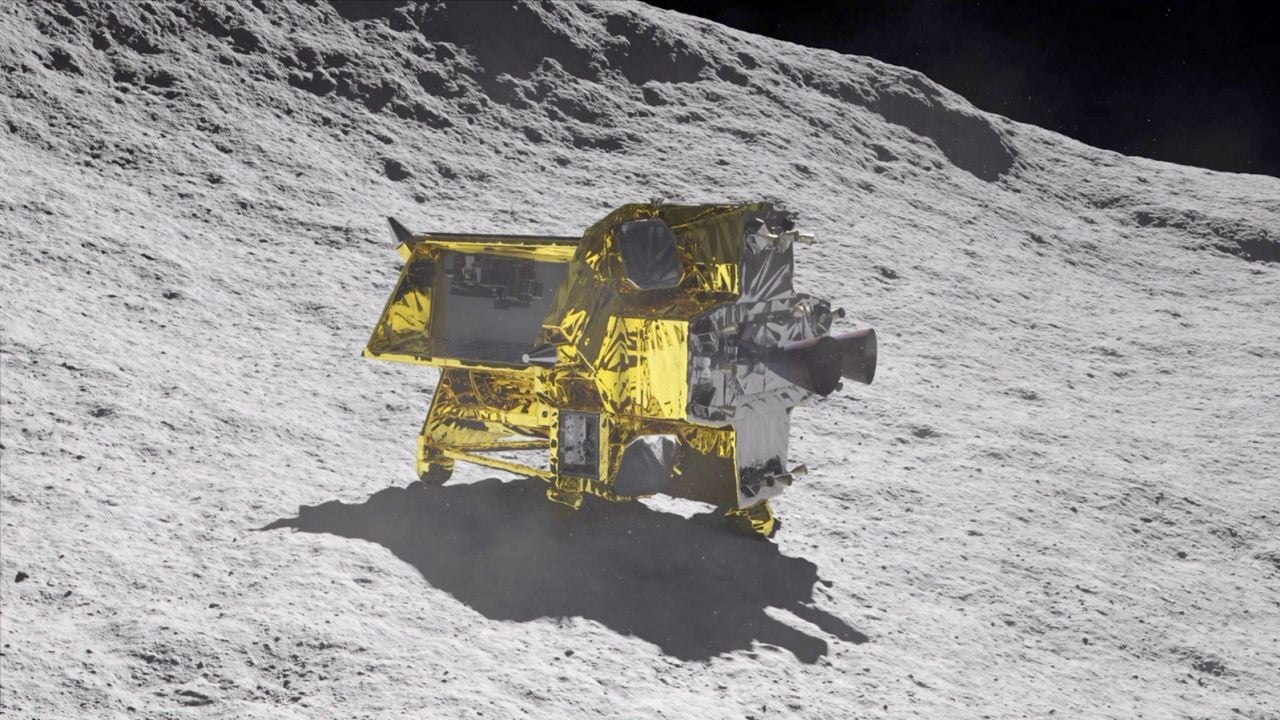
An illustration of the “Moon Sniper” spacecraft landing on the lunar surface. Photo: JAXA.
The Japan Space Agency's space launch, which was delayed several times due to unfavorable weather conditions, was carried out at the Tanegashima Space Center at 8:42 a.m. on Tuesday, Japan time.
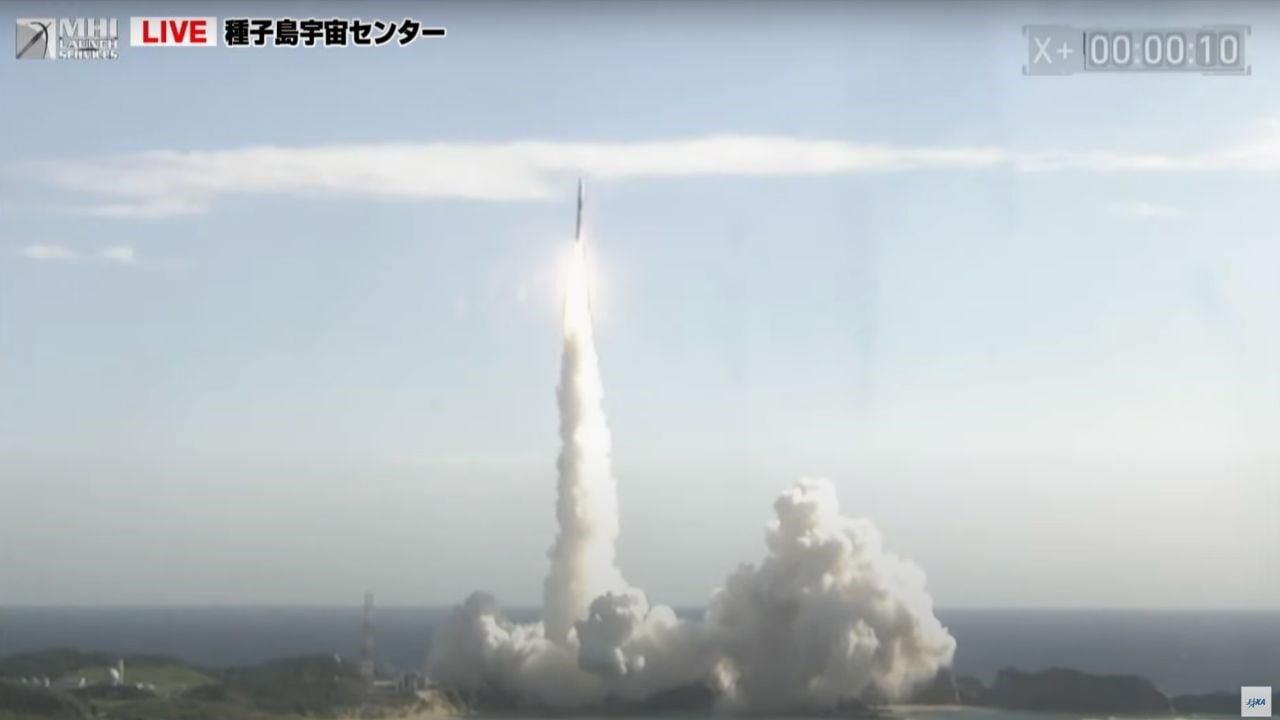
The XRISM satellite and lunar lander launched from Japan on Tuesday morning. Photo: JAXA/YouTube.
The event was streamed live on JAXA's YouTube channel, in English and Japanese.
The XRISM (pronounced “crism”) satellite, short for X-Ray Imaging and Spectroscopy Mission, is a collaboration between JAXA and NASA, with participation from the European Space Agency and the Canadian Space Agency.
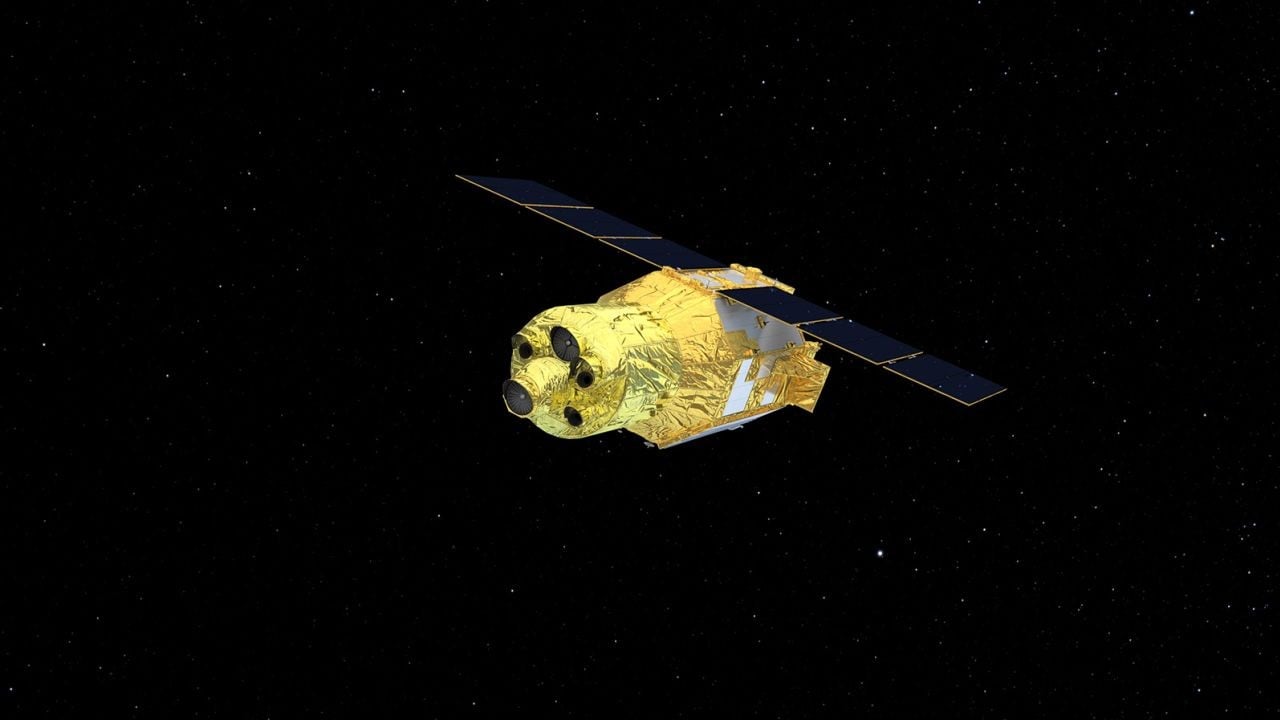
Illustration of the XRISM satellite in orbit. Photo: NASA Goddard Space Flight Center.
Also launching during the event was JAXA’s SLIM, or Smart Lander for Investigating Moon. This small exploration lander was designed to demonstrate the ability to “pinpoint” a location with an accuracy of 100 meters, rather than the usual 1 kilometer, by leveraging high-precision landing technology. That high accuracy earned the mission the name “Moon Sniper.”
The satellite, along with its two instruments, will observe the hottest regions, largest structures, and most gravitational objects in the universe. XRISM will be able to detect X-rays, a wavelength invisible to the human eye.
Study of stellar explosions and black holes
X-rays are emitted by the most energetic objects and events in the universe. That's why astronomers want to study them.
“The events we want to study with XRISM include exploding stars and jets of radiation launched at near-light speeds from supermassive black holes at the centers of galaxies,” said Richard Kelley, principal investigator at NASA’s Goddard Space Flight Center in Greenbelt, Maryland. “But of course we’re most excited about the unexpected phenomena XRISM might detect as it looks at the universe around us.”
Compared to the wavelengths of other forms of light, X-rays have such short wavelengths that they can pass through dish-shaped mirrors used to detect visible light, infrared light, and ultraviolet light, such as the James Webb and Hubble telescopes.
So XRISM is designed with a series of curved mirrors that are interlaced, making it easier to detect X-rays. The satellite will need to be calibrated regularly every few months once it is in orbit. The mission is expected to operate for three years.
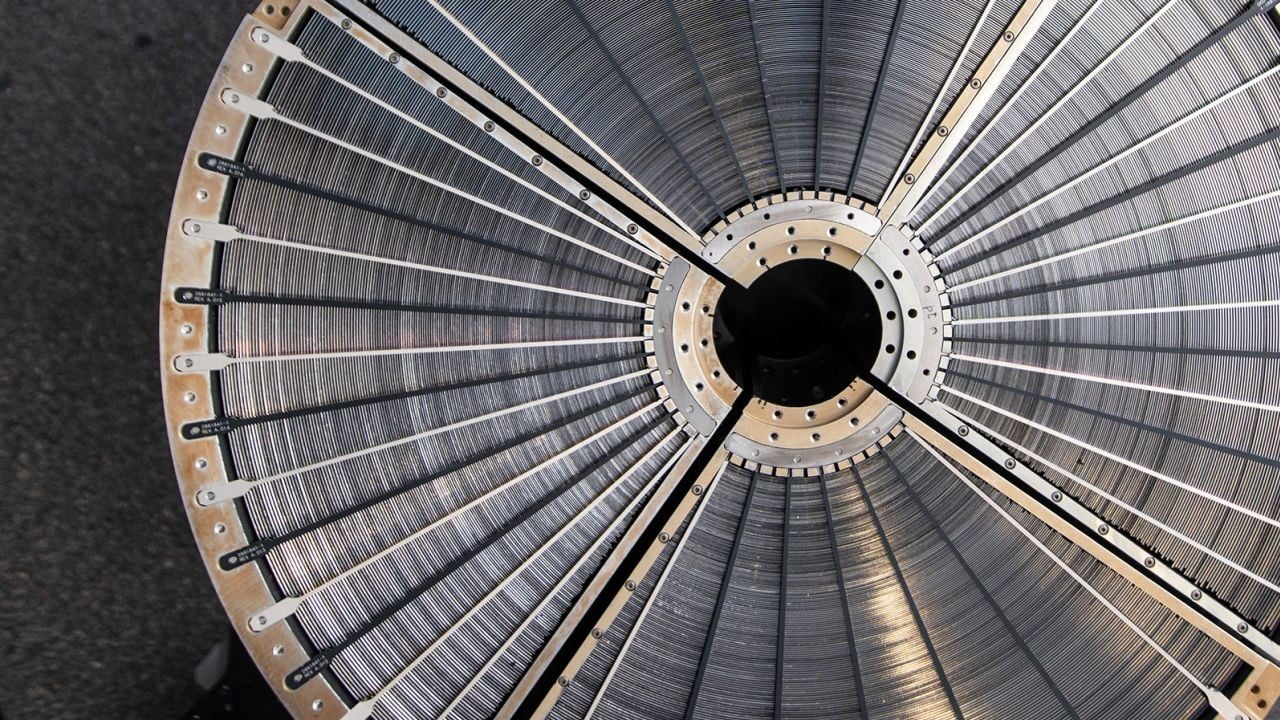
XRISM carries two special mirrors that help detect X-ray radiation. Photo: Taylor Mickal/NASA.
The satellite can detect X-rays with energies ranging from 400 to 12,000 electron volts, which is much more energetic than visible light at 2 to 3 electron volts. This detection capability allows the study of the largest celestial bodies in the universe.
The satellite carries two instruments called Resolve and Xtend. Resolve is capable of tracking even the smallest changes in temperature, allowing it to determine the source, composition, motion characteristics, and physical state of the X-rays. Resolve operates at -273.10 degrees Celsius, a temperature 50 times colder than deep space, thanks to a block of liquid helium.
The device will allow astronomers to unlock mysteries of the universe such as the chemical properties of the glowing hot gas regions in galaxy clusters.
“Resolve on XRISM will allow us to analyze the composition of cosmic X-ray sources at a level that was previously impossible,” said Kelley. “We expect to draw new conclusions about the hottest objects in the universe, including exploding stars, black holes and the galaxies around them, and galaxy clusters.”
In addition, Xtend will give XRISM one of the largest viewing angles of any X-ray observation satellite ever.
“The spectra XRISM will collect will be of unprecedented detail for the phenomena we will observe,” said Brian Williams, NASA XRISM project scientist at Goddard. “This mission will give us insights into the most difficult places to study, such as the interior structure of neutron stars and the jets of radiation emitted by black holes in active galaxies.”
Moon Sniper aims at a moon crater
SLIM, meanwhile, will use its own propulsion system to fly toward the moon. It will enter lunar orbit about three to four months after launch, orbit the moon for a month, and begin a soft landing four to six months after launch. If it lands successfully, the technology demonstration mission will also briefly study the lunar surface.
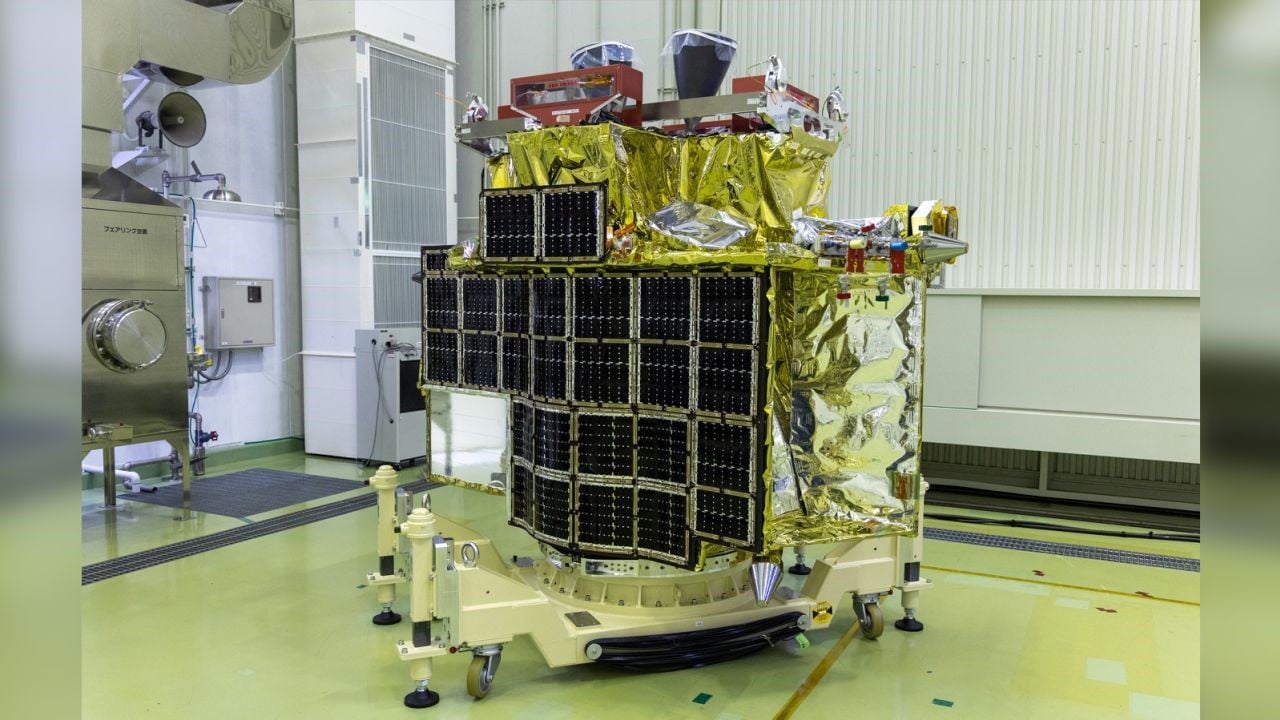
SLIM spacecraft model at Tanegashima Space Center. Photo: JAXA.
Unlike other lunar landing missions that have aimed at the south pole, SLIM will land near a lunar crater called Shioli, near the Nectar Sea, where it will analyze rock composition that will help scientists discover the origin of the moon. The landing site is south of the Sea of Tranquility, where Apollo 11 landed near the moon’s equator in 1969.
Following the US, Soviet Union and China, India became the fourth country to successfully land on the lunar surface when its Chandrayaan-3 spacecraft landed at the lunar south pole on August 23. Earlier, Japan's Ispace company's Hakuto-R lunar lander fell from an altitude of 4.8 km and collided with the lunar surface during landing in April.
The SLIM spacecraft is equipped with vision-based navigation technology. The goal of a precise landing on the moon is a core goal of JAXA and other space agencies.
Resource-rich regions such as the lunar south pole and the shadowy regions with water ice will also carry hazards on the lunar craters and rocky surface. Future missions will need to be able to land in tight areas to avoid these elements.
SLIM also has a lightweight design, a factor that will likely be important as space agencies plan more frequent missions and explore moons around other planets like Mars. JAXA believes that achieving SLIM's goal will transform landing missions "from landing where we can land to landing where we want to land."
Nguyen Quang Minh (according to CNN)
Source




![[Photo] Lam Dong: Images of damage after a suspected lake burst in Tuy Phong](https://vphoto.vietnam.vn/thumb/1200x675/vietnam/resource/IMAGE/2025/11/02/1762078736805_8e7f5424f473782d2162-5118-jpg.webp)

![[Photo] President Luong Cuong receives US Secretary of War Pete Hegseth](https://vphoto.vietnam.vn/thumb/1200x675/vietnam/resource/IMAGE/2025/11/02/1762089839868_ndo_br_1-jpg.webp)

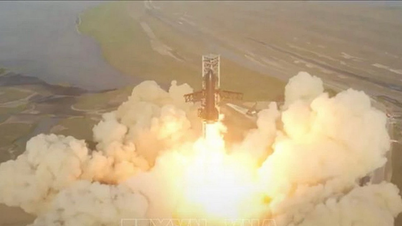

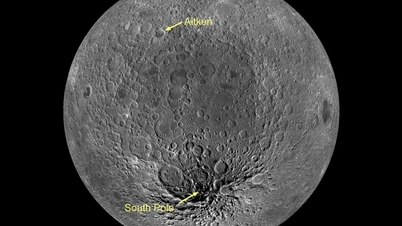






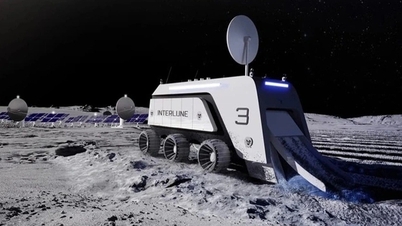





















































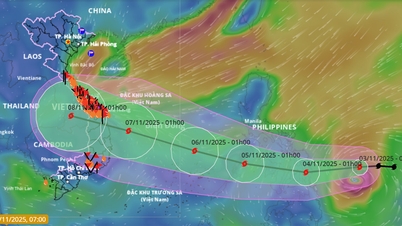

















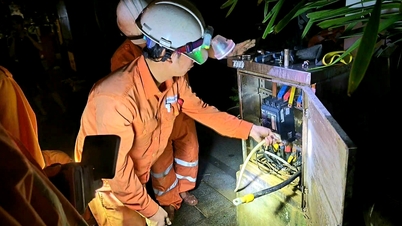


















Comment (0)